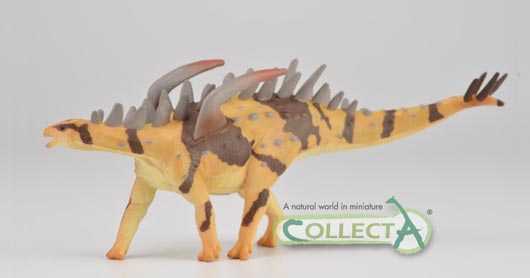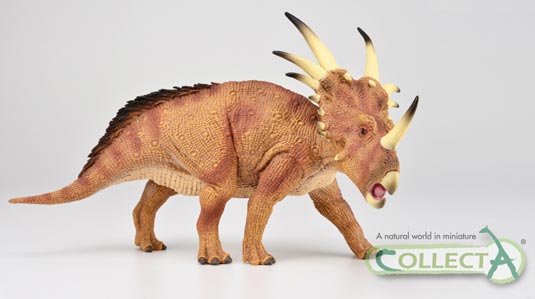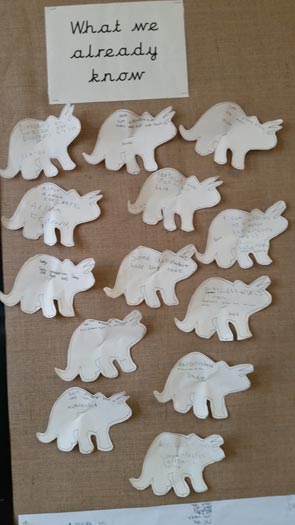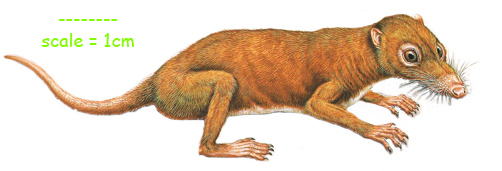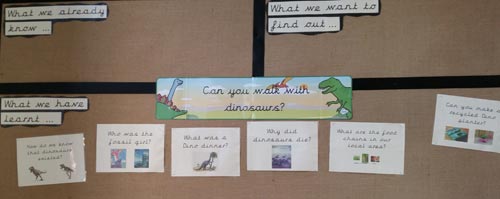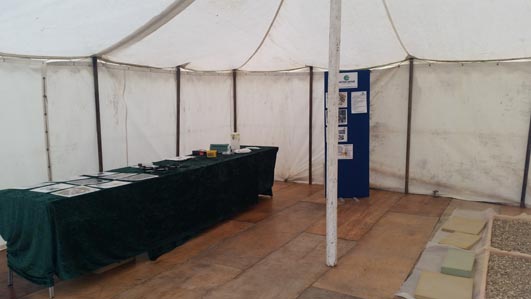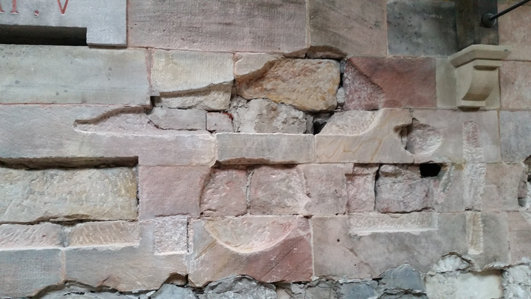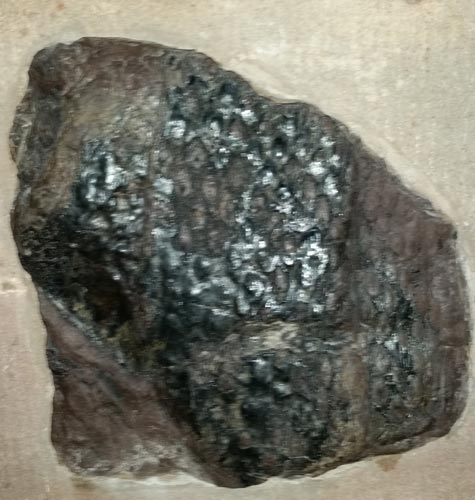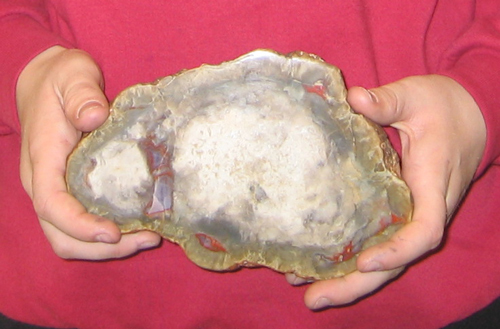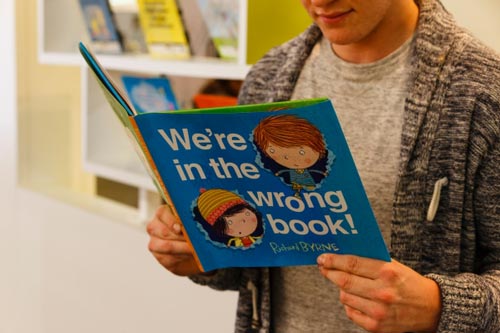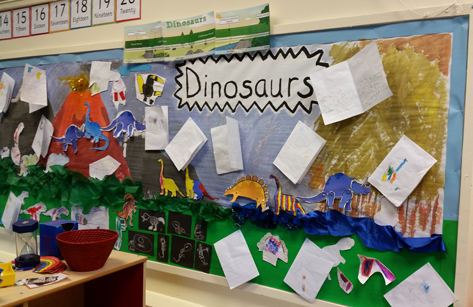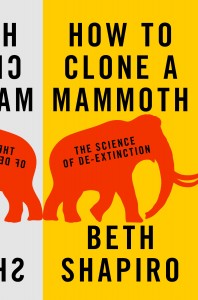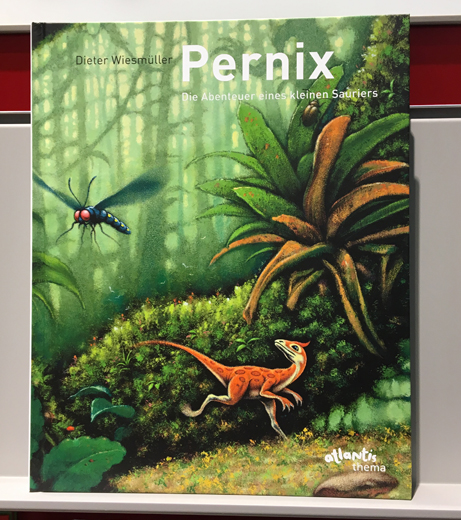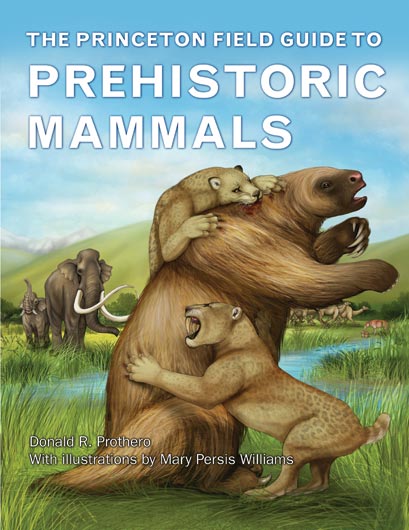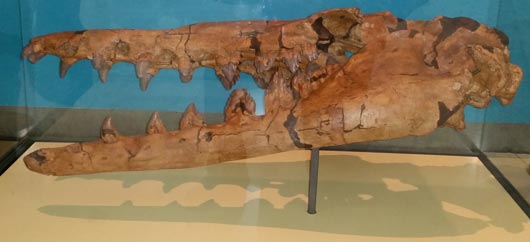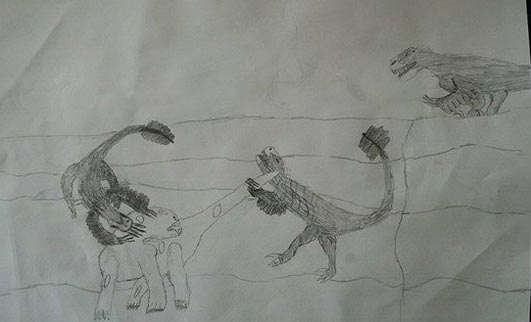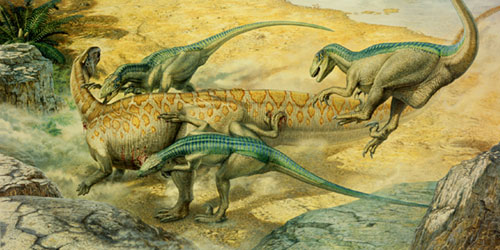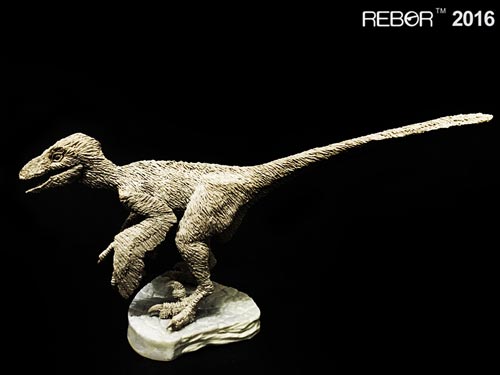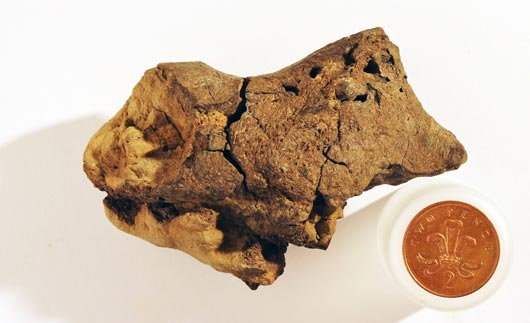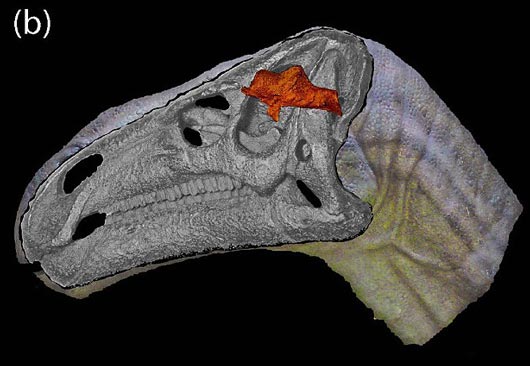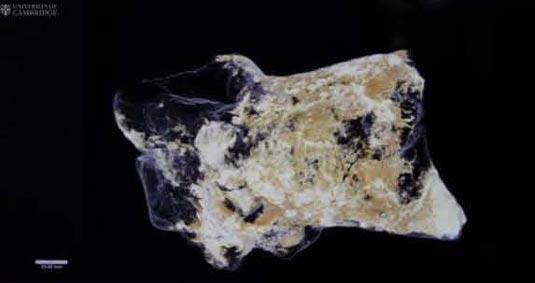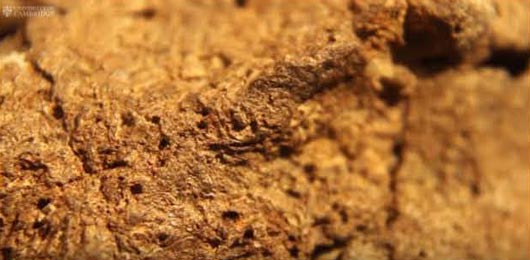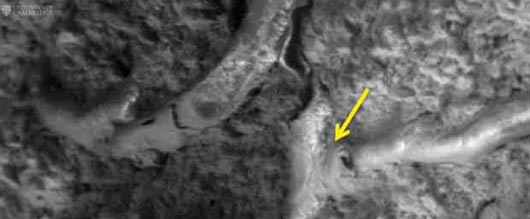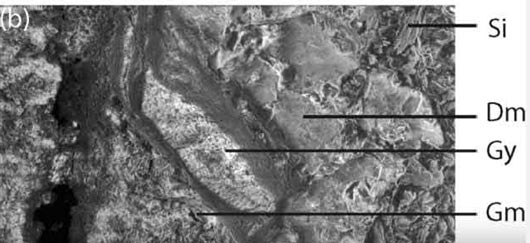New CollectA Models for 2017
Gigantspinosaurus, Einiosaurus and a Deluxe 1:40 Styracosaurus
It’s time to showcase the first of the new for 2017 prehistoric animal models that CollectA intend to introduce. The first three are all plant-eaters, indeed two of these new models herald from the same sub-family of ceratopsians (the Centrosaurinae).
New Prehistoric Animal Models from CollectA
Prior to the horned dinosaurs, let’s look at the CollectA Gigantspinosaurus. 2017 marks the twenty-fifth anniversary of the scientific description of this Chinese stegosaur and what a beautiful model CollectA have created.
The CollectA Gigantspinosaurus (Gigantspinosaurus sichuanensis)
Picture credit: CollectA
CollectA Gigantspinosaurus
Estimated to have reached lengths of around 4.2 to 4.5 metres, Gigantspinosaurus has been described as a “medium sized member of the stegosaur family”. The most striking features of this dinosaur are the greatly enlarged shoulder spines that give “giant-spined lizard” its name.
Early reconstructions depicted the shoulder spines as projecting backwards, but with the point of the spike placed over the hip area. However, the CollectA model has placed the shoulder spines facing upwards with the points of the spikes directed backwards but much higher than the rump. This representation mirrors the interpretation of Tracy Lee Ford.
CollectA Gigantspinosaurus Measurements
The official measurements we have for this model are length 13.8 cm with a maximum height (those shoulder spikes), of 5.3 cm. The model may in fact be slightly longer, (around 14.5 cm), we shall check measurements when the model comes into stock and post up this information on the Everything Dinosaur website.
CollectA Einiosaurus
CollectA’s trend to produce at least one new ceratopsian figure each year continues with the introduction of Einiosaurus, joining Pachyrhinosaurus, Achelousaurus, Xenoceratops, Diabloceratops, Nasutoceratops and Styracosaurus (more about Styracosaurus below), as centrosaurine models in the CollectA Prehistoric Life model collection.
New for 2017 the CollectA Einiosaurus Dinosaur Model
Picture credit: CollectA
The new for 2017 CollectA Einiosaurus is certainly a very striking model and the markings on the fairly compact head shield (a characteristic of this horned dinosaur), reflect the idea of this dinosaur having “eye-spots” to deter predators. As Einiosaurus is believed to have co-existed with the tyrannosaurids Daspletosaurus and Gorgosaurus, body markings to deter potential attackers makes a lot of sense to us.
Anthony Beeson Comments About the Prehistoric Animal Models
The talented artist and designer of the CollectA Prehistoric Life range, Anthony Beeson, commented to Everything Dinosaur that this figure was finished a while back, but it was completed just too late to be included in the 2016 catalogue. We think this new model has been well worth waiting for.
CollectA Einiosaurus Measurements
The official measurements we have for this model are: length 12.7 cm, with a maximum height of 5.8 cm (the height of those third epiparietals sticking out of the top of the headshield).
The CollectA Deluxe 1:40 Scale Styracosaurus Model
Last but not least, comes this magnificent Deluxe Styracosaurus. A fellow member of the Centrosaurinae clade like Einiosaurus. In fact, when Einiosaurus fossil material was first reported, it was described as a new species of Styracosaurus. Styracosaurus and Einiosaurus may indeed, be closely related, although their exact phylogenetic relationship is still debated, they do have one thing in common, both these two new CollectA models are really well made.
The First of the 2017 CollectA Deluxe Prehistoric Animal Models to be Announced – Styracosaurus
Picture credit: CollectA
Anthony Beeson stated:
“The Deluxe Styracosaurus has been produced as a result of the demand for a new and larger model from fans”.
A Magnificent Dinosaur Replica
It is a magnificent replica, in the image above, the detailing on the skin, including large circular scales can be seen. Bristle-like structures have been depicted on the hips running down and beyond the base of the tail. We are not aware of any such structures being found in association with Styracosaurus fossil material, but there is a growing body of evidence to suggest that these dinosaurs were not entirely naked as it were.
It is great to see a new, large scale replica of a horned dinosaur, one that does not represent the ubiquitous Triceratops. The not-to-scale CollectA Styracosaurus replica, which has been around for several years now, has always been one of our favourite CollectA models, it really is exciting to be able to reveal that CollectA will be adding a scale model of Styracosaurus to their Deluxe range.
CollectA Deluxe Styracosaurus Measurements
The official measurements we have for this replica are: length 23.5 cm and maximum height 14 cm. However, we do have information that the final model might be slightly bigger. As with the CollectA Gigantspinosaurus, we will publish are own measurements when producing the product pages for these models. For the record, the CollectA Deluxe Styracosaurus is going to be one of the smaller of the Deluxe prehistoric animal models introduced by CollectA in 2017, in terms of body length anyway.
When Will These Three Dinosaur Models Be Available?
As for when these models will be available, we are expecting our first stock of these three new models sometime around the end of February, or perhaps the first week of March or thereabouts.
We will post up more information about other model releases from CollectA shortly. Look out for news of another horned dinosaur model coming out next year, but this time it’s a chasmosaurine!
To view the CollectA Prehistoric Life including 2016 models: CollectA Age of Dinosaurs Popular Collection.
To view the CollectA Deluxe model range: CollectA Deluxe Prehistoric Life Collection.


